Today wasn't half bad up there, I have a feeling tomorrow might be pretty good too...
Sorry, tried to re-size them...
Made them 600x800 on my photobucket album so fuck it. Here are links:
http://i177.photobucket.com/albums/w...x/PC210206.jpg
http://i177.photobucket.com/albums/w...x/PC210207.jpg
http://i177.photobucket.com/albums/w...x/PC210208.jpg
http://i177.photobucket.com/albums/w...x/PC210211.jpg
Results 301 to 325 of 705
-
12-21-2010, 09:09 PM #301
 Hated far and wide
Hated far and wide
- Join Date
- Mar 2007
- Location
- evergreen
- Posts
- 239
Last edited by forum8fox; 12-21-2010 at 09:23 PM.
-
12-21-2010, 09:15 PM #302
-
12-21-2010, 09:15 PM #303
 Hudge
Hudge
- Join Date
- Mar 2008
- Posts
- 2,135
You should maybe try to re-size those pictures a little bit... Jus' sayin'
-
12-21-2010, 09:19 PM #304
-
12-21-2010, 09:21 PM #305
-
12-21-2010, 09:34 PM #306
 Hated far and wide
Hated far and wide
- Join Date
- Mar 2007
- Location
- evergreen
- Posts
- 239
Gotta love TGR...
 Sorry for the oversized pictures I tried after the fact to fix it but it wasn't happening. From what I could tell there was only 1 blurred shot, and BTW we did have avy gear, not that you really care.
Sorry for the oversized pictures I tried after the fact to fix it but it wasn't happening. From what I could tell there was only 1 blurred shot, and BTW we did have avy gear, not that you really care.  Your welcome for the update, the snow's fucking great. BTW I'm gonna go back out tomorrow and bomb out all the landings just for you fuckers!
Your welcome for the update, the snow's fucking great. BTW I'm gonna go back out tomorrow and bomb out all the landings just for you fuckers!
-
12-21-2010, 10:04 PM #307
must be that new awesome invisible avi gear...or did you leave it in the car while you were doing laps?
F-R-O-double-G
-
12-21-2010, 10:06 PM #308
Jong here... I love the one of the guy jumping into a zone that already has a small crown in it.

-
12-21-2010, 10:11 PM #309
 Hudge
Hudge
- Join Date
- Mar 2008
- Posts
- 2,135
For what its worth, I enjoyed the pics. Its just hard to tell what the hell is going on when you can't find the rider for 45 seconds. I think every one is wondering where your probe and shovel might be. I can sort of understand hucking with out a pack if you have your crew around, but yea, uh, where are your shovel and probe?
-
12-21-2010, 10:15 PM #310
and the reason you're getting shit is because there really are way too many people who ski those zones without anything.
In one sense, fuck 'em, its their fault if they die.
In another sense their choices may affect the lives of others... then its not okay.
-
12-21-2010, 10:26 PM #311gunit130 Guest
-
12-21-2010, 10:31 PM #312
 Hated far and wide
Hated far and wide
- Join Date
- Mar 2007
- Location
- evergreen
- Posts
- 239
Packs were with me and the other person that was with us. Beacons, well as you might guess are not visible, go figure? Imagine that! The aforementioned crown was a result of me botching my take off and nose diving into the wind lip sheering then compressing as I belly flopped. Not really a big deal. BTW we kept other people in mind the whole time, never was there anyone below us.
-
12-21-2010, 10:56 PM #313
Great story. Compelling, and rich.
==================
CLICK HERE TO DONATE TO COLORADO AVALANCHE INFORMATION CENTER
-
12-21-2010, 11:07 PM #314
Why is everyone so pissed? If you're still angry at life after this storm, you're a gaping douchenozzle.
Aside from the fact that you're not on skis, those are decent pics (albeit huge). Thanks for the TR. I'd be up there tomorrow but I'm flying solo. Looks like a Winter Park day
-
12-21-2010, 11:45 PM #315

Calmer than you are.
Srsly, though, no one is "pissed." It is just that the photos plus the state of the snowpack may raise some red flags.
Snow & Avalanche Discussion
New 24-hour snow totals are in the 4" to 8" inch range with a half to three-quarters of an inch of water. This last little burst of decent snowfall from this storm has increased the avalanche danger. A good amount of avalanche activity to report for the Front Range zone from yesterday provides some evidence.
I was out touring in the drainages north of Berthoud Pass yesterday, and witnessed a natural soft slab avalanche in Tea Cup Bowl in Current creek (see images below). The avalanche consisted of the storm slab, 1-3 ft thick, approximately 400 ft wide, and ran the length of this small terrain feature; about 150 vertical feet. This is a southeast aspect, 35 degrees, and below treeline at 11,100 feet. Our group also triggered a couple size 1 avalanches in this storm slab near and below treeline on terrain with slope angles in the mid to upper 30s. These occured in fairly forested terrain.
We received two additional reports from the Berthoud Pass area of skiers triggering and getting caught in storm slab avalanches. A skier triggered an east facing slope at treeline at 11,500 feet above the cliff bands west of pass. The slab was 100' wide and 2-3 feet thick, and ran about 200'. He took a short ride and sustained no injuries. Another skier triggered this same storm slab. He was caught, tumbled, and came to rest on the debris surface with an injured knee. He self-evacuated with two companions. The slab was 2-3 feet deep, almost 1000 feet wide, and ran for 200 feet. We don't have any more details on this slide right now. A natural avalanche also closed Cameron Pass last night.
Observes from across the zone are reporting a very reactive storm slab, that is cracking and sliding under skier weight. The slabs are getting larger in size as the storm snow settles and stiffens. Visibility above treeline was very limited, but widespread natural activity would not be surprising. The snow that fell in the early part of this storm was much lower density than what came later. The storm snow is "upside down", and is not a good structural set up for avalanches. This transition in snow density is easy to see if you dig down, and easier to feel as you move through the terrain. The southwesterly winds have been quite strong along the highest terrain and recent wind deposits are still a concern.
The new snow is heavy, and has added a significant load to our snowpack. We keep inching closer to the point where we can impact those deeper buried weak layers that are still lurking. The small additional weight of a skier can tip this balance. Triggered slides that initiate in the storm wind slab could step down to the deep weak layers to create larger avalanches. This deep slab is scary. It's becoming easier to trigger, and when it releases will produce large and destructive avalanches.
-
12-22-2010, 12:02 AM #316
 Registered User
Registered User
- Join Date
- May 2007
- Posts
- 74
I'm sittin' next to the armchair,tryin' to throw a pass,but will you PLEASE!tell anyone you know to PLEASE play it safe.I always wear my bacon outta sight.That being said,let ol' boy preach to the choir!
-
12-22-2010, 12:05 AM #317
 Hated far and wide
Hated far and wide
- Join Date
- Mar 2007
- Location
- evergreen
- Posts
- 239
thanks for regurgitating todays avalanche report, as if I hadn't seen it multiple times today (before I left and after). The slab they are talking about on the west side is in rush chute proper, broke a little above the choke (narrowly) then fanned out wider out the apron. I picked that out before leaving the car.
BTW I do know how to play safe, but I sure do make a great scapegoat apparently.
-
12-22-2010, 08:23 AM #318
-
12-22-2010, 09:36 AM #319
 Hated far and wide
Hated far and wide
- Join Date
- Mar 2007
- Location
- evergreen
- Posts
- 239
Sorry man, I tried.... I might give it another shot if I get out again today.
-
12-22-2010, 12:04 PM #320
 Registered User
Registered User
- Join Date
- Sep 2005
- Location
- Fresh Lake City
- Posts
- 4,767
you colorado folk sure do get your panties in a bunch quick.
Headed to steamboat tonight, either skiing da boat or berthoud tomorrow! so stoked!
-
12-22-2010, 07:04 PM #321
be up bright and early tomorrow. trying out my new surface watch lifes, should be fun..
Any word on current conditions? should be snowing again tomorrow (hopefully... NW flow seems to be turning back to SW)
-
12-25-2010, 09:59 PM #322
The Day Before Christmas
Early on Christmas Eve did on tour with a good tribe of folks:

Snow Conditions were all over the board, Chalky, DOC, but also light and cold Pow in the trees...
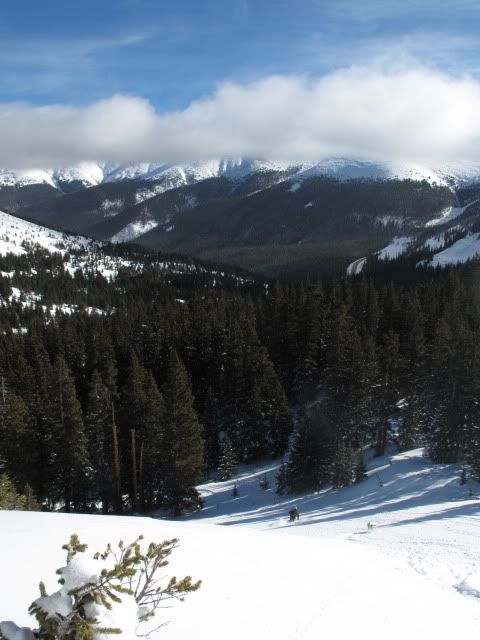
bear

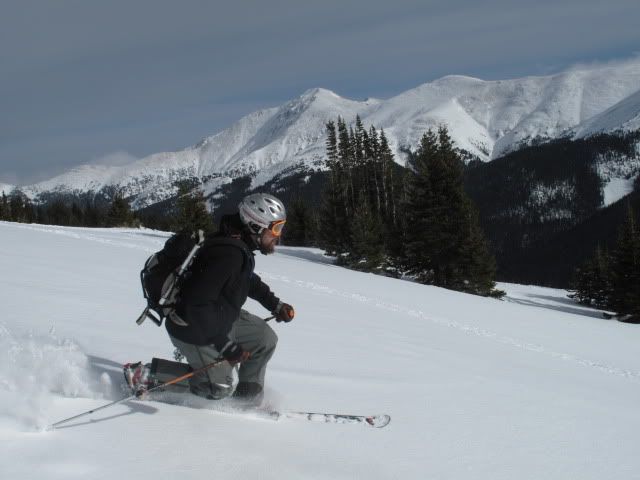
Rontele
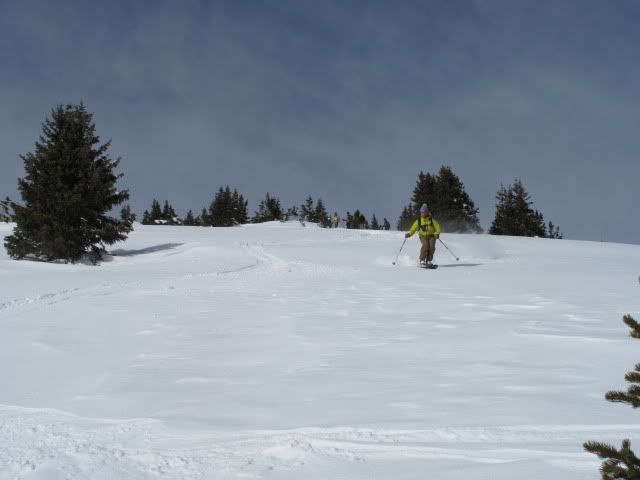

Ecojigs
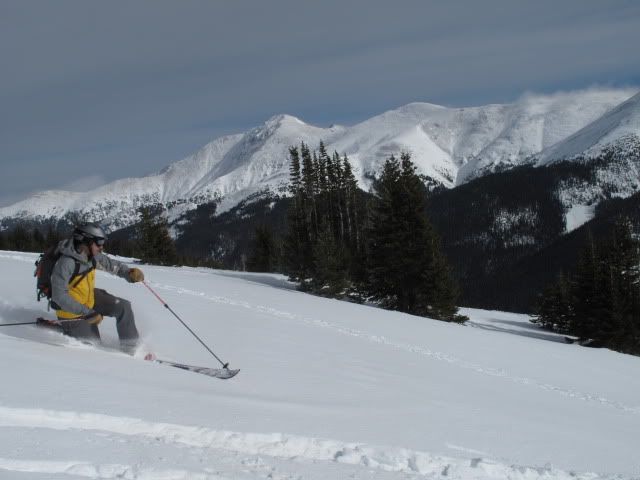
Danno

Charlie

I-Man the dog
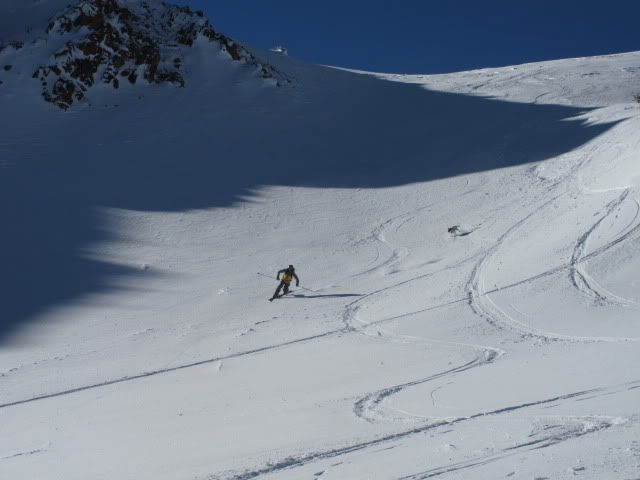
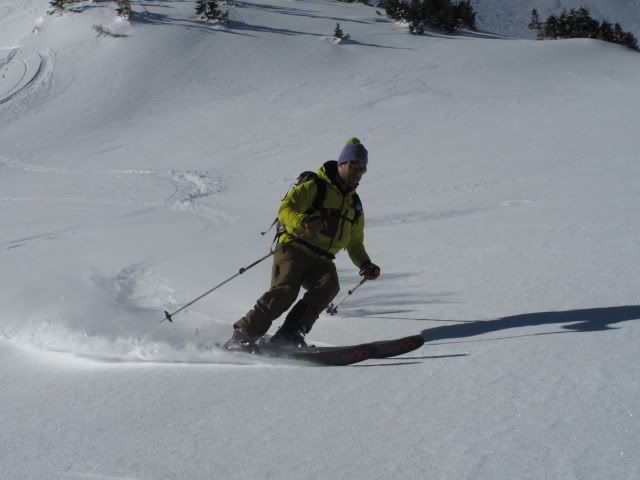
This tour was a reminder for me of why I feel so blessed to live in Co. There was no Blower Pow, and despite the highly unstable snowpack we had a super mellow day out the mountain with friends.

...stoked!
Here's to a SNOWY 2011
-
12-25-2010, 10:05 PM #323
-
12-25-2010, 10:10 PM #324
I love the hat Rontele. I've never skied Bert....who wants to show me around sometime? Please form a line in a calm manner...not all at once
 ROLL TIDE ROLL
ROLL TIDE ROLL
-
12-25-2010, 10:13 PM #325
Ronotele?
dayglo aerobic enthusiast


 Reply With Quote
Reply With Quote






Bookmarks